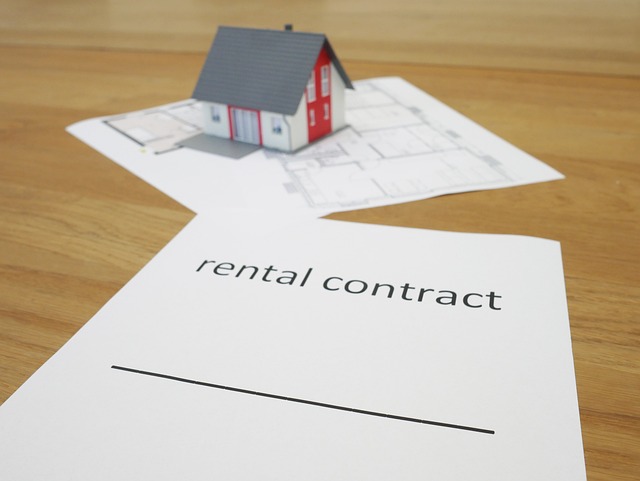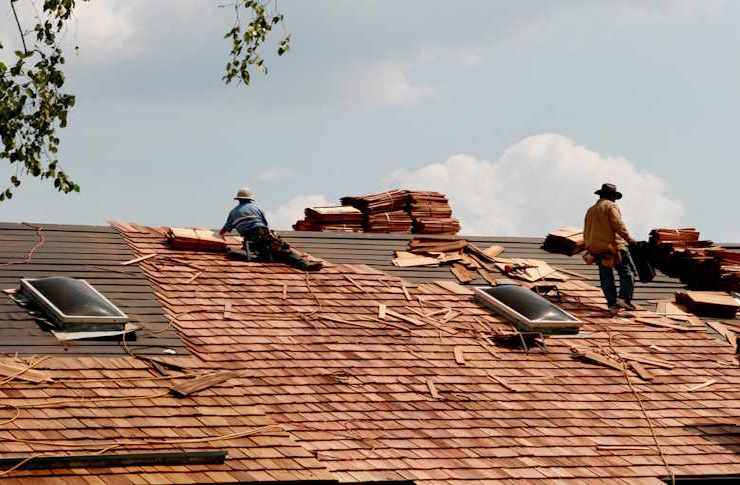Apartments for Rent: Practical Guide to Finding and Renting
Finding an apartment to rent involves more than browsing listings: it requires clear priorities, attention to lease terms, and practical planning for moving and ongoing living costs. This guide explains the key factors to consider when looking for apartments for rent, how to search using local services and online tools, what to expect in lease agreements, and practical steps to prepare for viewings and move‑in. The aim is to give a reliable, neutral overview that helps you compare options and make informed choices.

What to consider when choosing an apartment
Start by listing your non‑negotiables: location relative to work or study, public transport links, safety, building type, and required amenities such as laundry, storage, or pet policies. Consider how much space you need and whether furnished or unfurnished units suit your plans. Also think about utility arrangements (included or separate), internet availability, and parking. Prioritising these elements before you search saves time and makes it easier to compare listings in your area objectively.
How to search for apartments in your area
Use a combination of online platforms, local services, letting agents, and community boards to widen your search. Trusted property websites and apps offer filters for price, size, and amenities; local letting agents can provide market insights and access to listings not publicly advertised. Join local community groups or university boards, and ask friends or colleagues for recommendations. Arrange viewings for several options to compare daylight, noise, and the general upkeep of buildings. Always verify the legitimacy of listings to avoid scams.
Understanding lease terms and common clauses
Read the lease thoroughly before signing: check the lease length, renewal conditions, notice periods, and any clauses about subletting, guest stays, or early termination. Note rules on pets, alterations to the property, and responsibilities for repairs. Clarify who pays for utilities and communal charges. If language is unclear, ask the landlord or agent to explain or provide a written amendment. Keeping a copy of the signed lease and any amendments is essential for resolving future disputes or misunderstandings.
Deposits, fees, and a general pricing guide
Expect to pay a security deposit and possibly an administrative fee or first month’s rent upfront. Deposit amounts typically range from four to six weeks’ rent in many markets, but local rules vary, so check relevant tenancy protection laws in your area. Monthly utilities, council tax or local charges, and insurance for personal belongings are additional recurring costs. Budget for a modest moving contingency for unexpected expenses. These general figures are illustrative; actual amounts depend on location and the specific property.
Preparing for viewings and the application process
Compile required documents in advance: proof of identity, proof of income or employment, references from previous landlords, and bank statements. Presenting a concise application with clear documentation improves chances in competitive markets. During viewings, inspect the property for damp, functionality of appliances, water pressure, heating, and signs of pests. Take photos and notes, and ask about response times for maintenance requests. Being organised and punctual for viewings reflects well to landlords or agents handling multiple applicants.
Moving in, inspections, and ongoing maintenance
Before moving in, agree an inventory and condition report with the landlord or agent—note existing damage and have both parties sign the report. This protects your deposit at the end of the tenancy. Familiarise yourself with emergency contacts, waste collection schedules, and communal rules. Report maintenance issues promptly and keep written records of repairs and correspondence. Regular basic upkeep, timely reporting, and respectful behaviour towards neighbours help maintain a positive tenancy and reduce disputes.
In summary, renting an apartment requires balancing practical needs with clear documentation and careful inspection of lease terms. Using a range of search methods, preparing required paperwork, understanding likely costs, and documenting the condition of the property will help create a smoother rental experience. Make decisions based on verified information and local regulations to ensure a stable and well‑managed tenancy.



